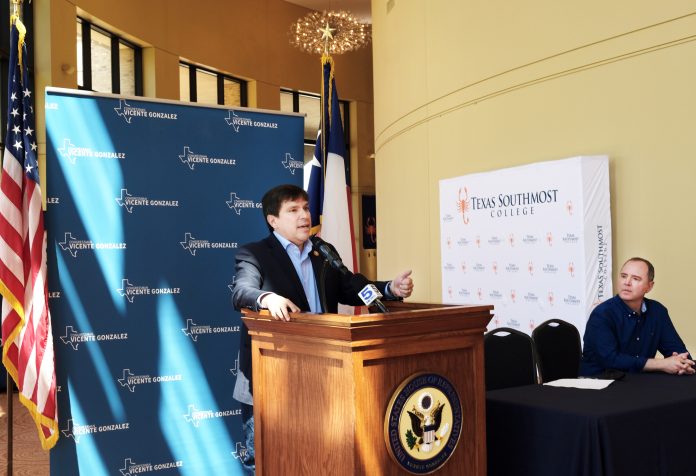
WASHINGTON — U.S. Rep. Vicente Gonzalez (D-TX 34th District) and U.S. Rep. Jodey Arrington (R-TX 19th District) introduced a bipartisan piece of legislation to permanently expand access to emergency medical care for Medicare, Tricare and Medicaid beneficiaries.
“A person’s access to high quality health care should not be determined by their home address,” Gonzalez said. “This bipartisan piece of legislation ensures Medicare, Tricare and Medicaid beneficiaries may access the high-quality medical treatment provided by free standing emergency centers – expanding access and lowering cost for South Texans and patients across the country,”
Many freestanding emergency centers have been providing care to Medicare beneficiaries since the beginning of the COVID-19 pandemic through a temporary program established by the Centers for Medicare and Medicaid Services.
Unless the statute is updated to provide permanent recognition, these beneficiaries will lose coverage at FECs in May, when President Joe Biden officially terminates the Public Health Emergency.
FECs are fully licensed emergency departments staffed by both emergency medicine trained physicians and registered nurses who are on-site 24 hours a day, seven days a week. These facilities possess licensed pharmacies, clinical labs, and advanced imaging services.
FECs are state-licensed and adhere to the same standards and provide the same level of care as hospital-based emergency rooms.
To expand provider capacity during the COVID-19 pandemic, the Centers for Medicare and Medicaid Services issued a waiver in April 2020 to allow FECs to enroll as Medicare-certified hospitals and receive Medicare reimbursement for the duration of the Public Health Emergency.
Over 110 FECs, mostly located in Texas, enrolled and have been providing high-quality emergency services for all kinds of emergency conditions, at a significant savings to the Medicare program, to thousands of Medicare beneficiaries.
An actuarial study of Medicare claims data found that FECs did not increase overall utilization of emergency care services and actually saved Medicare programs 21.8% in lower emergency care payments for patients of similar acuity in hospital emergency departments.



